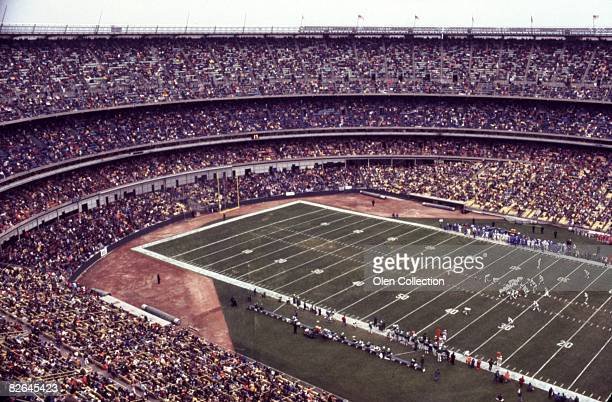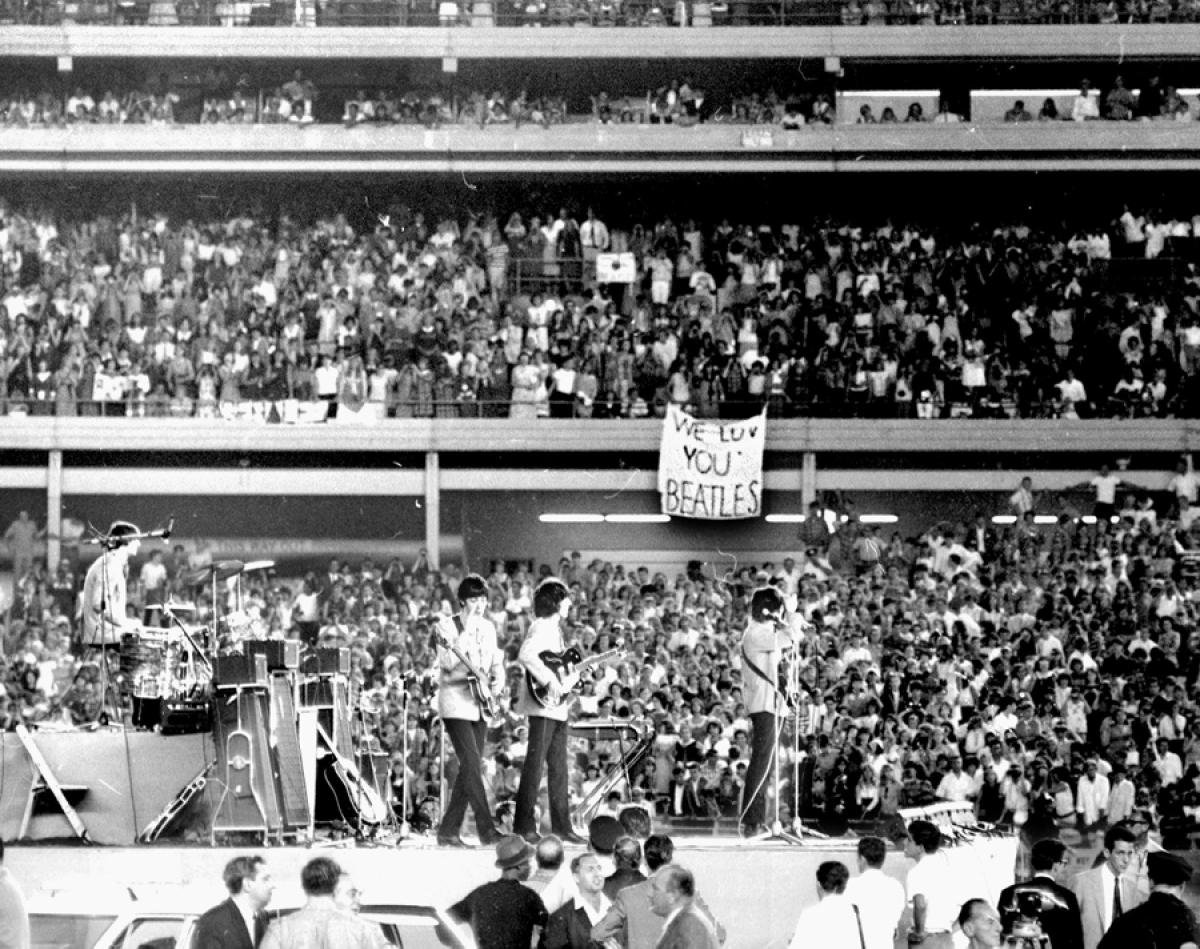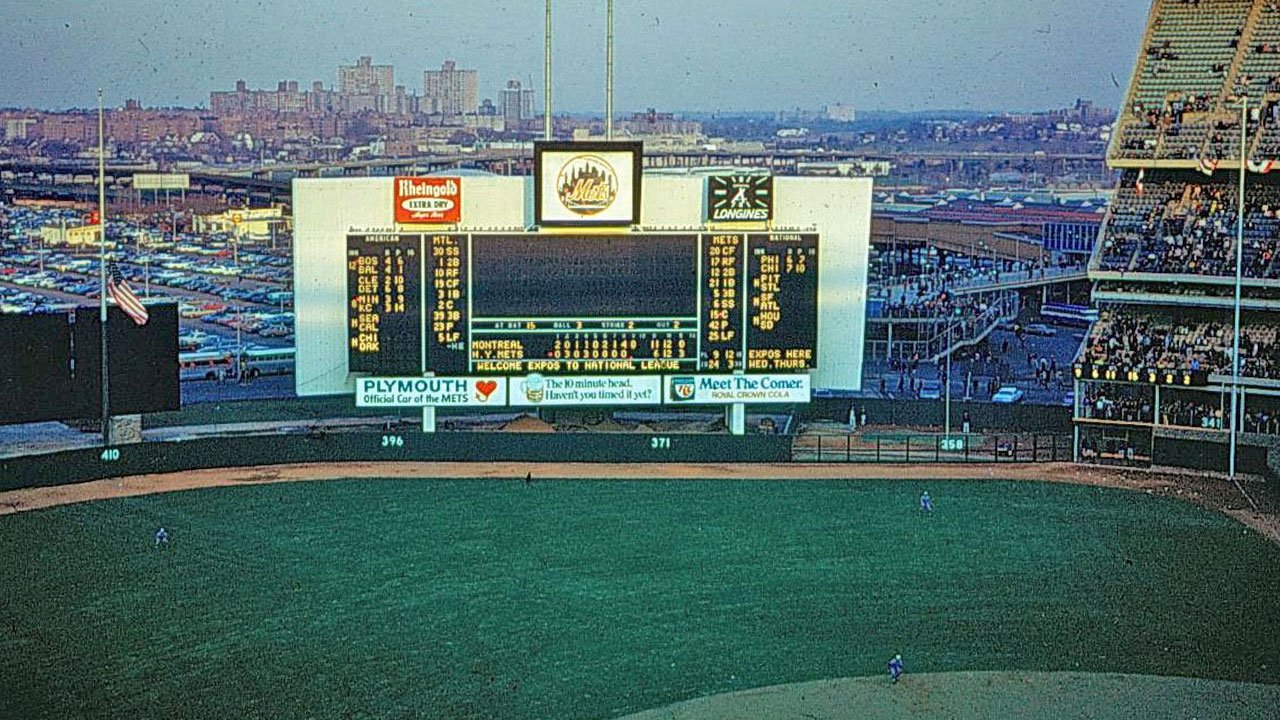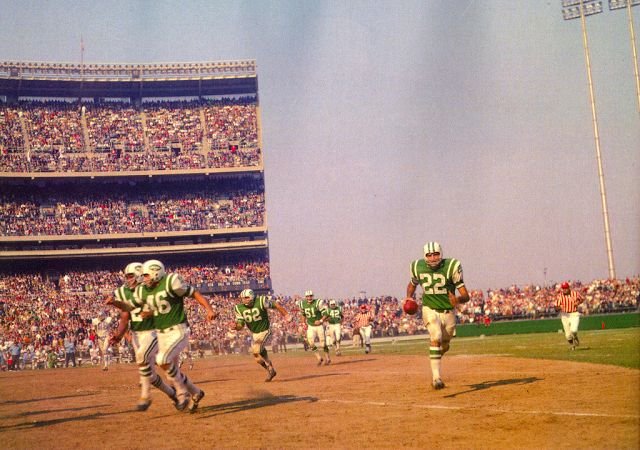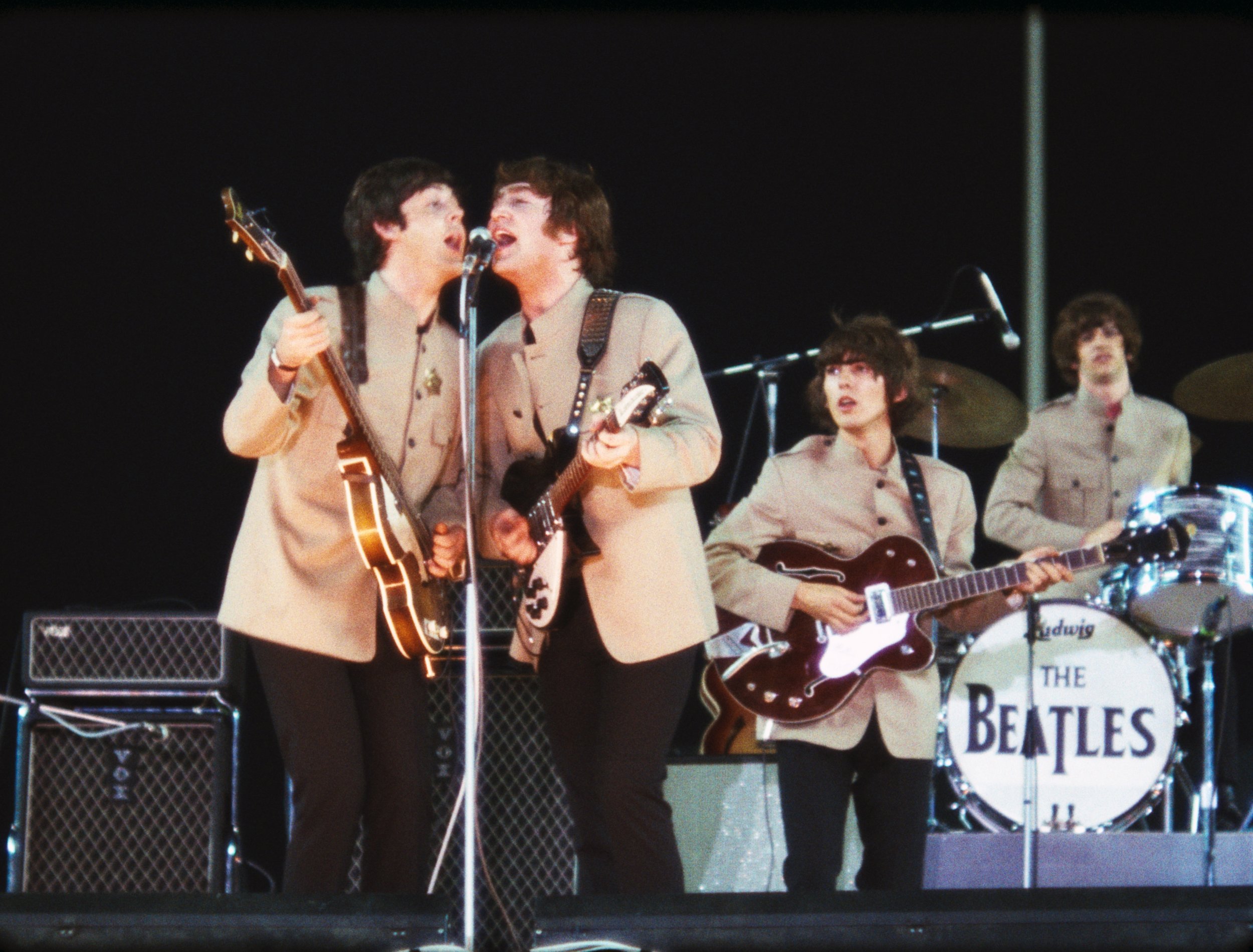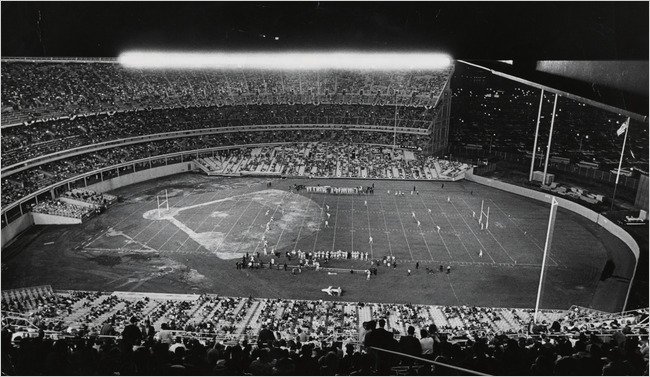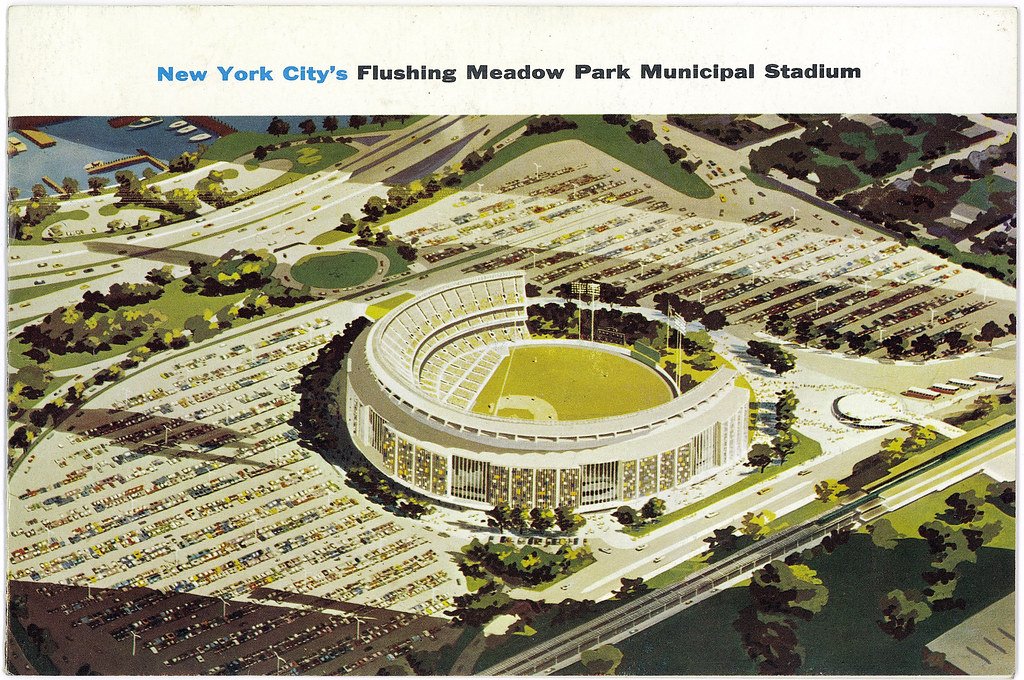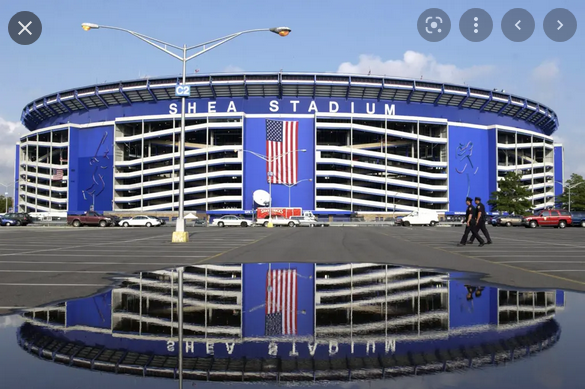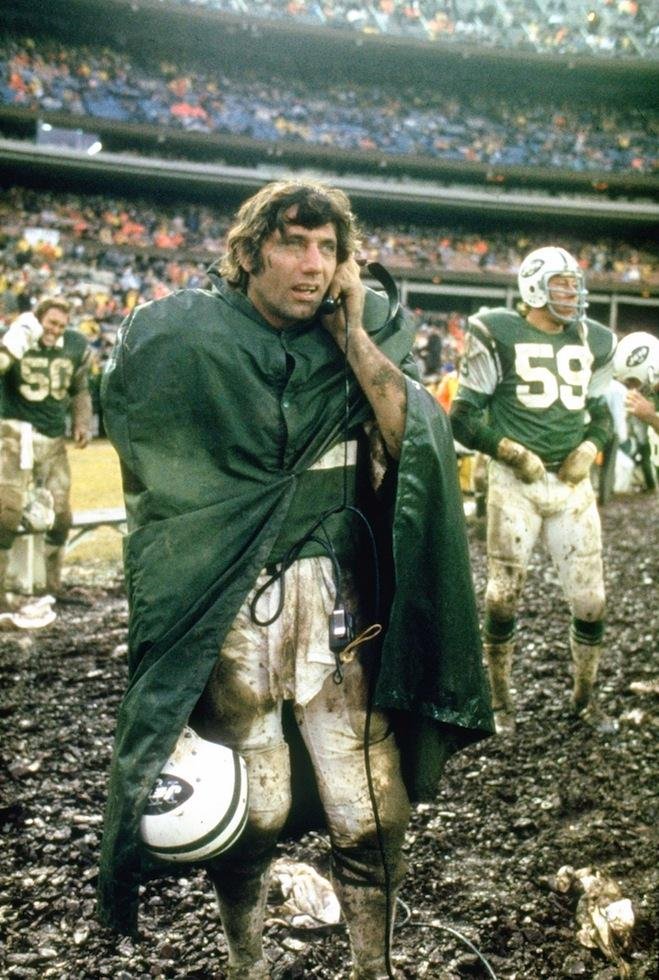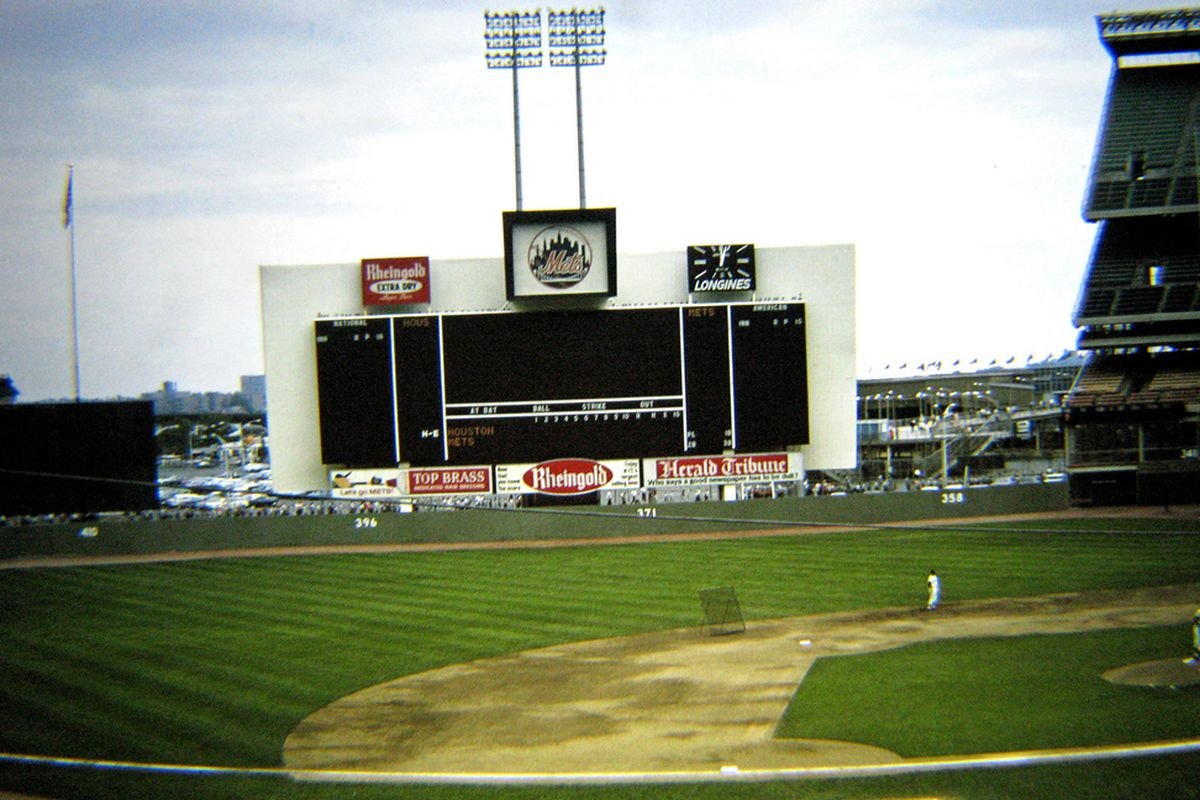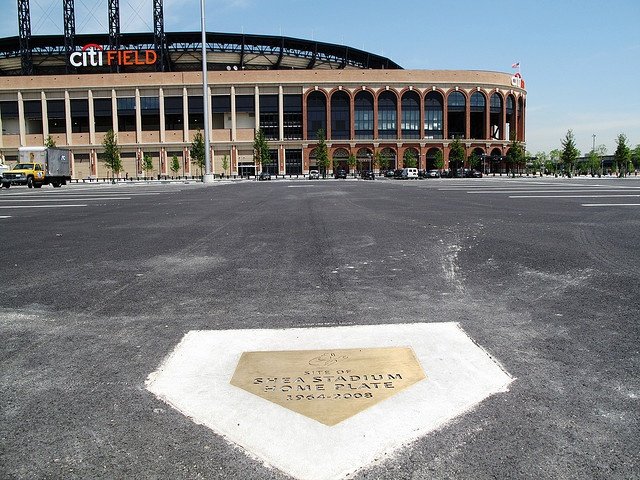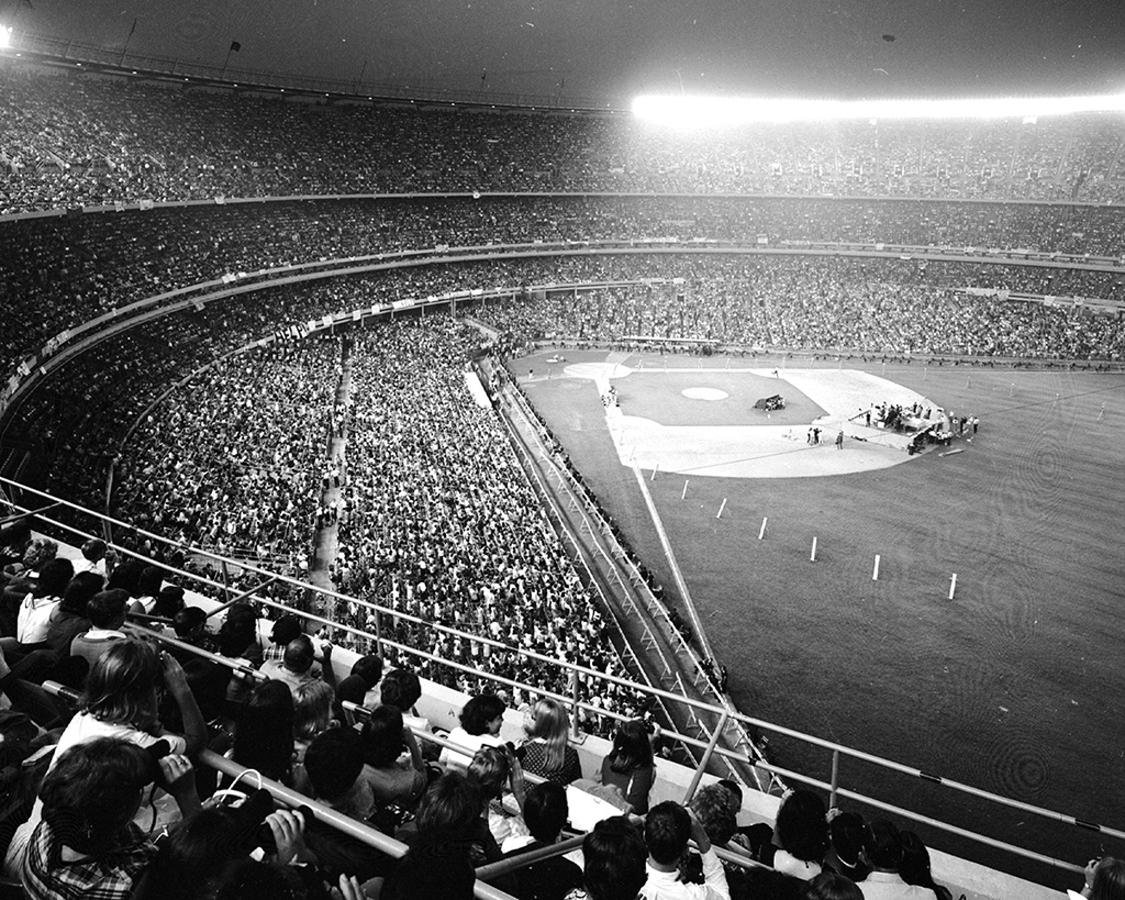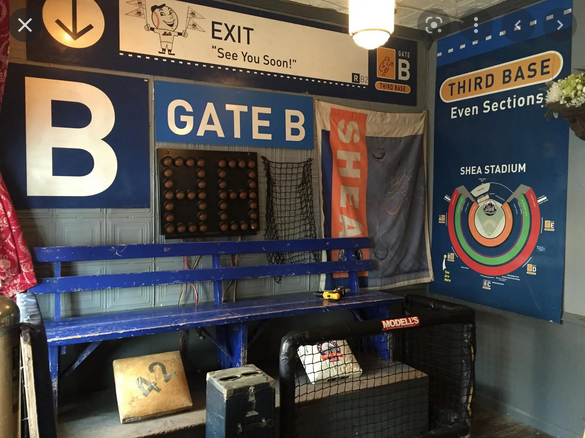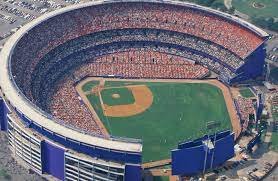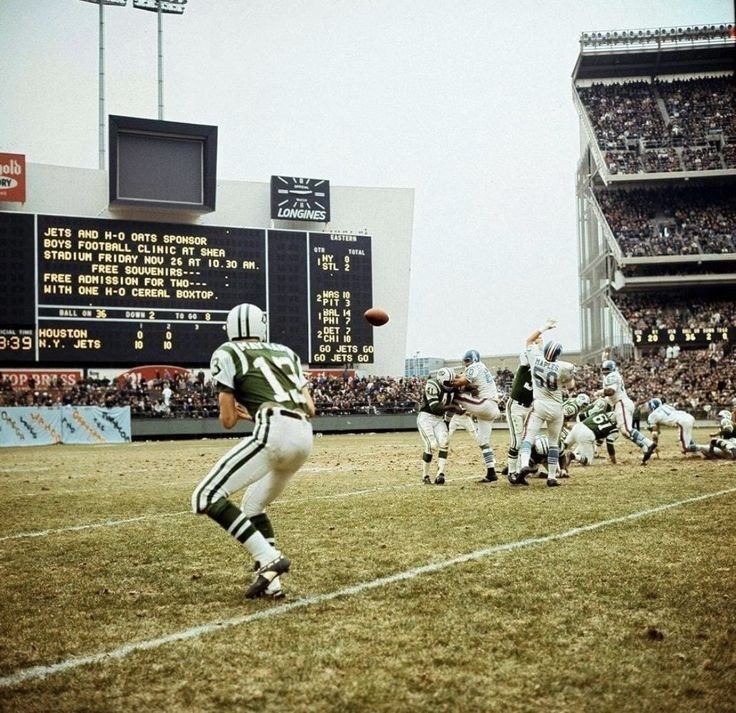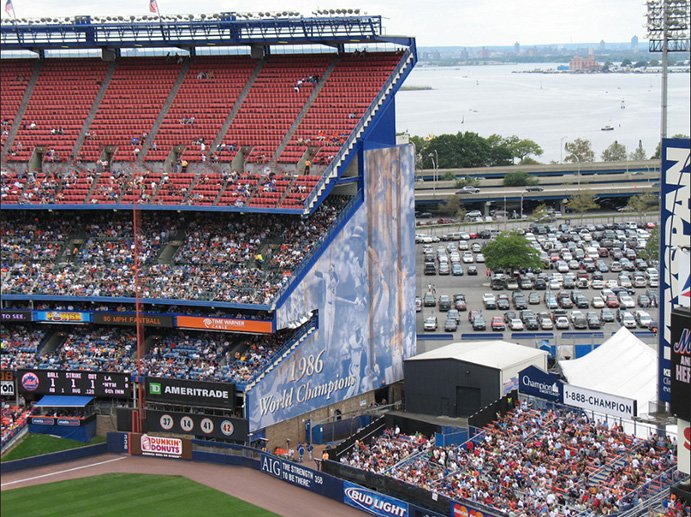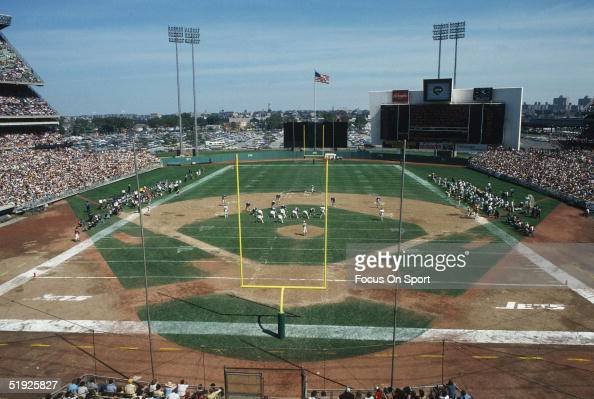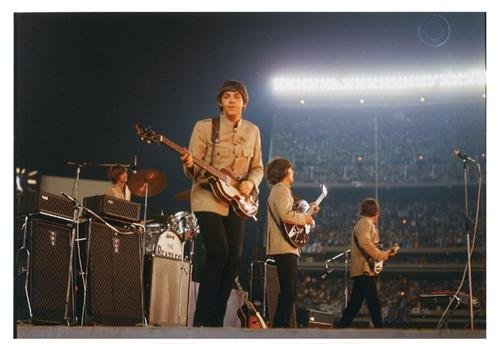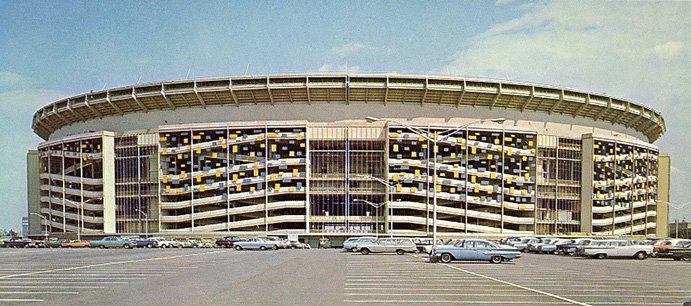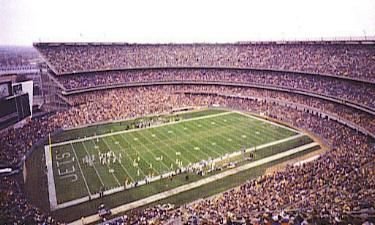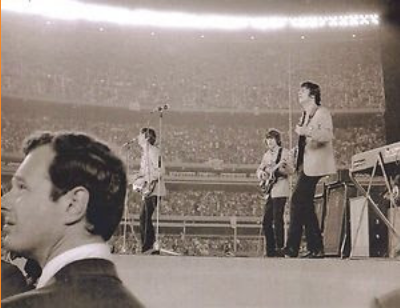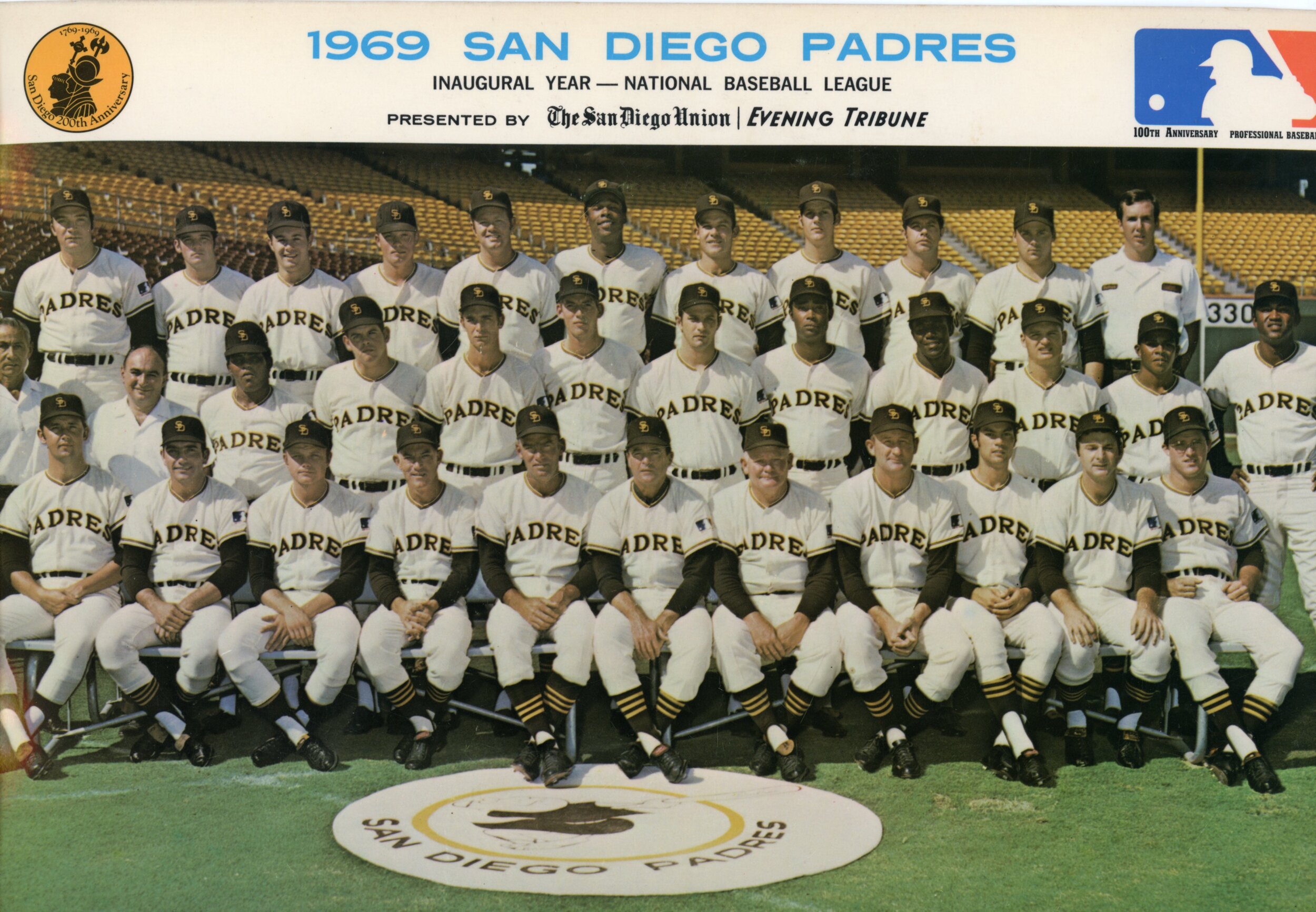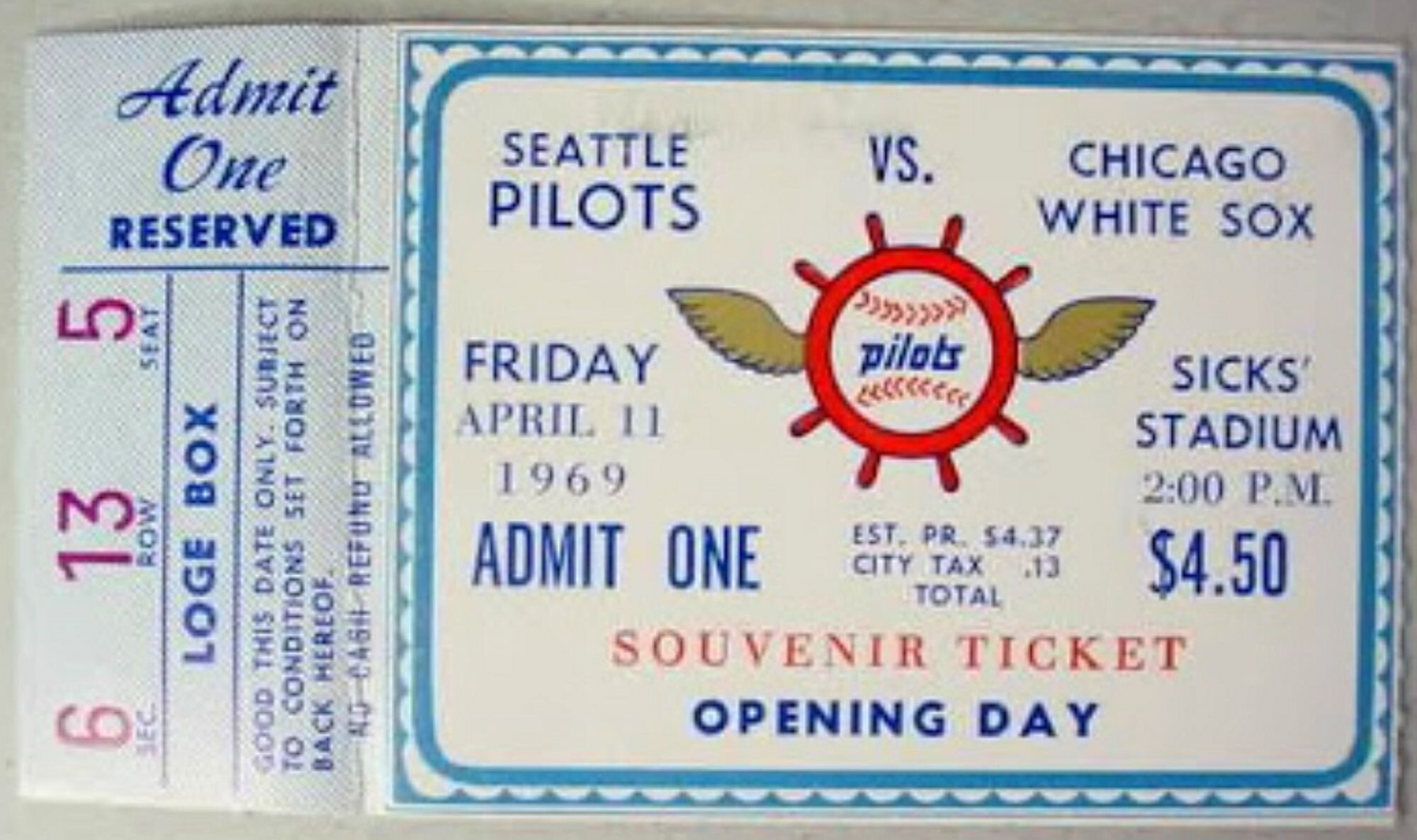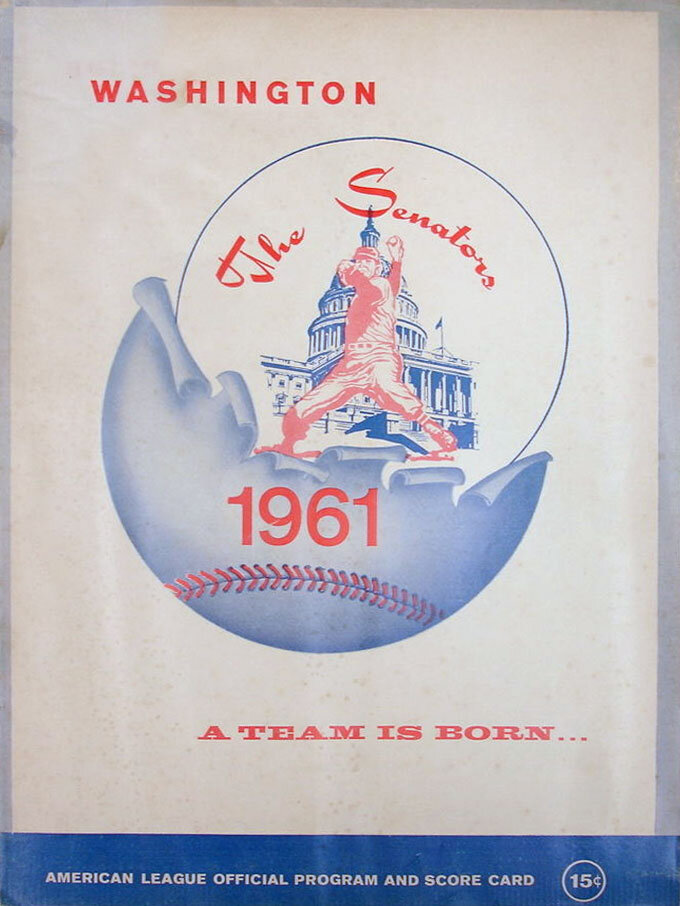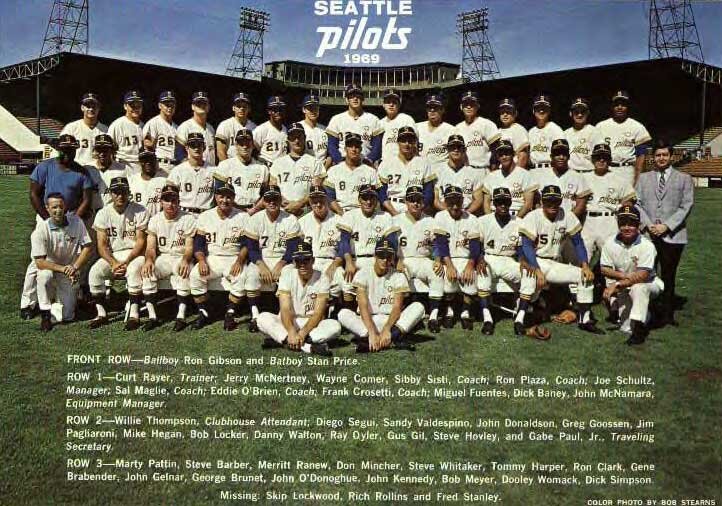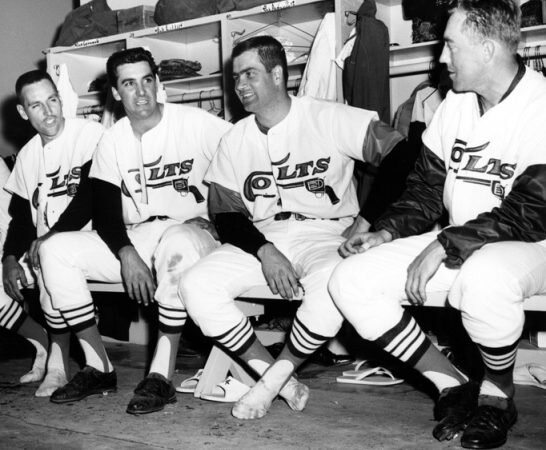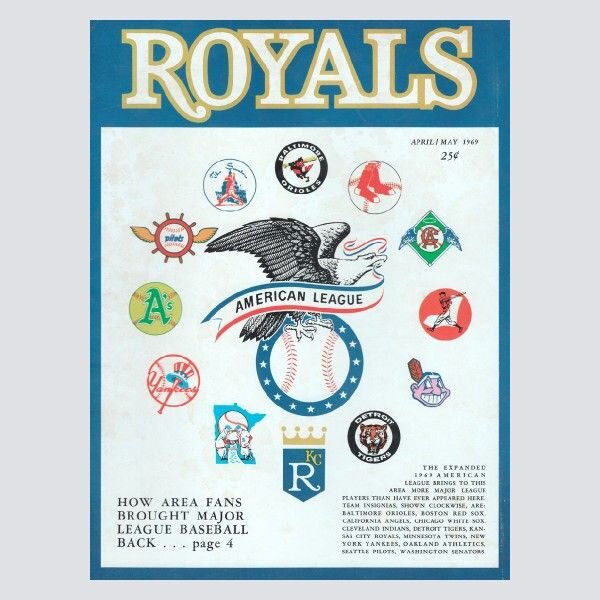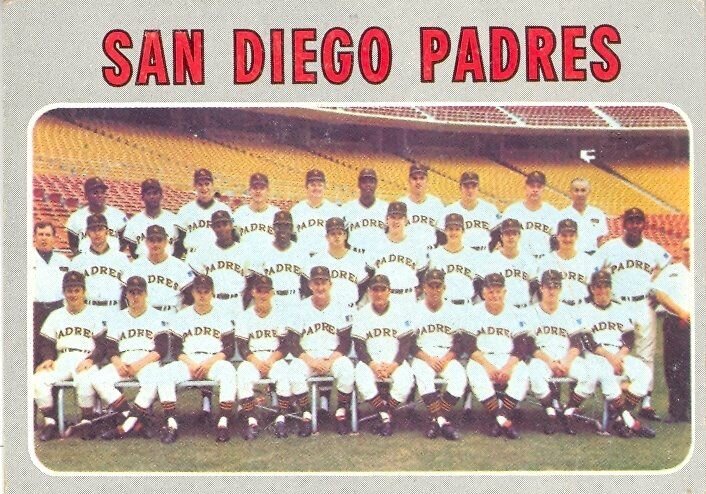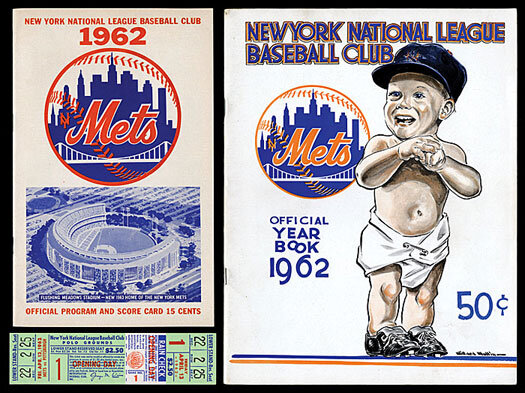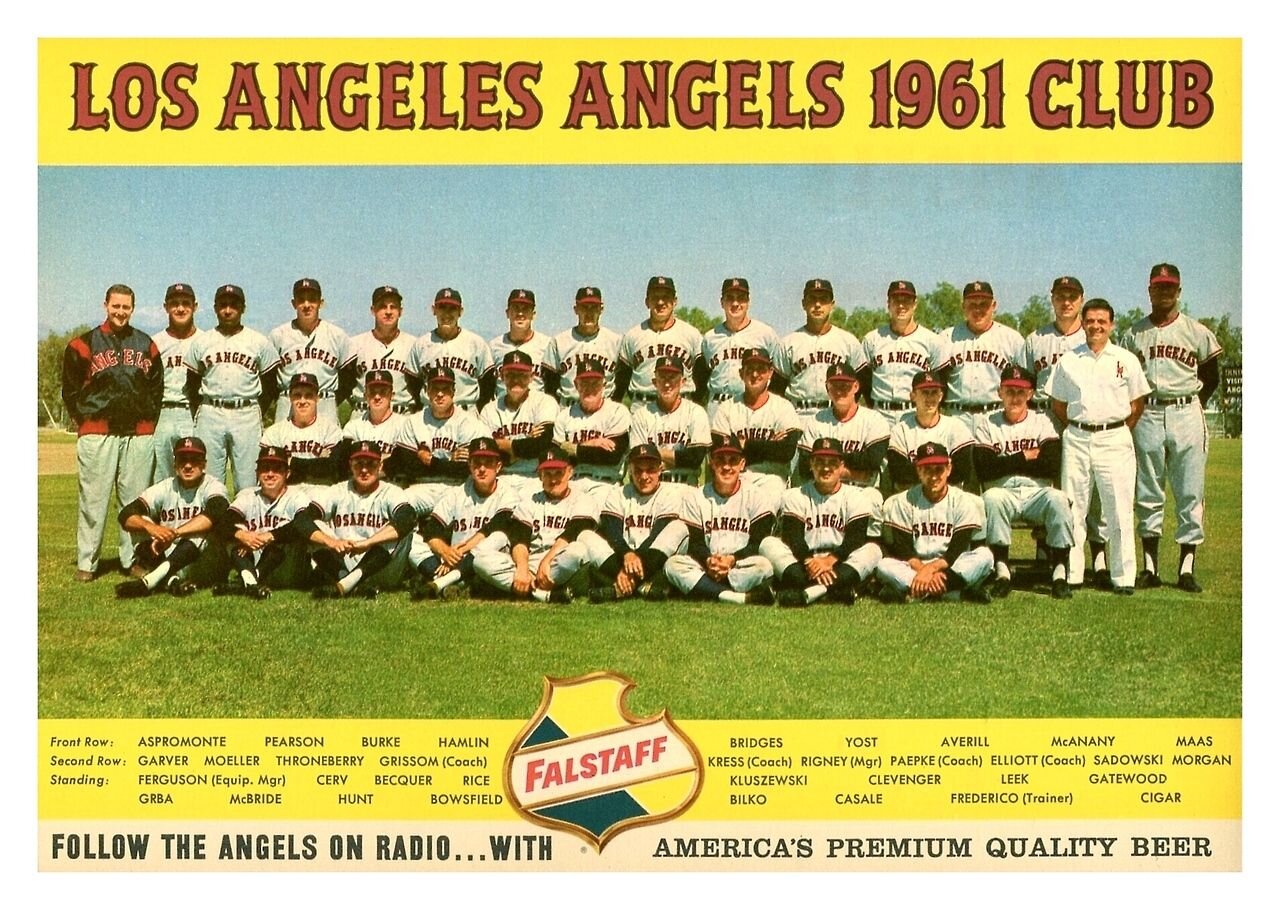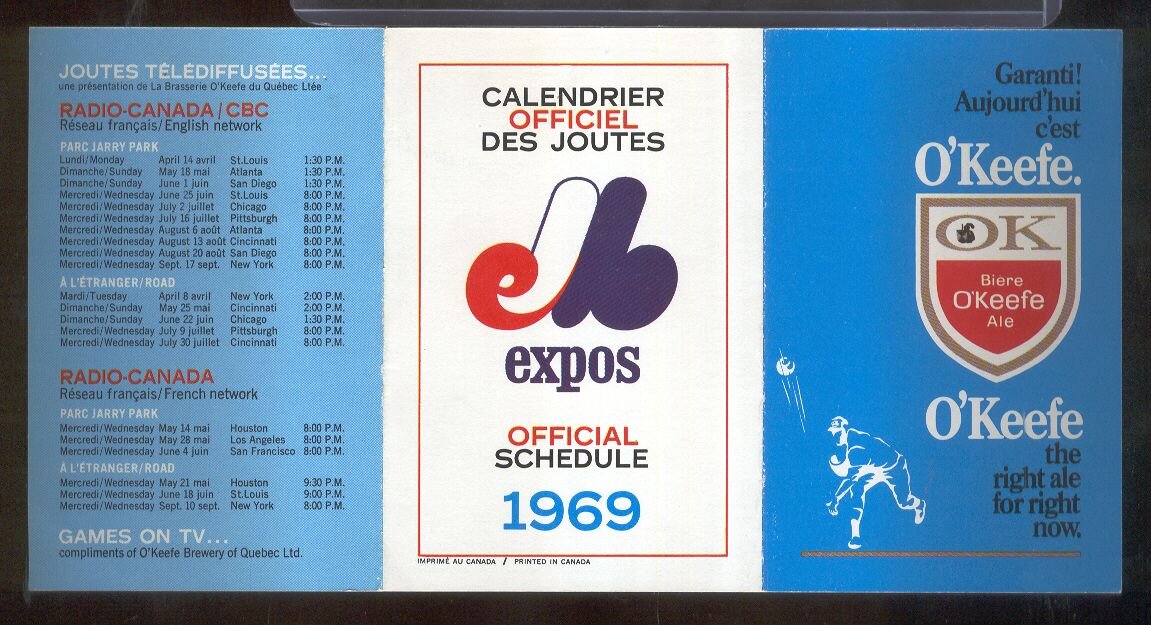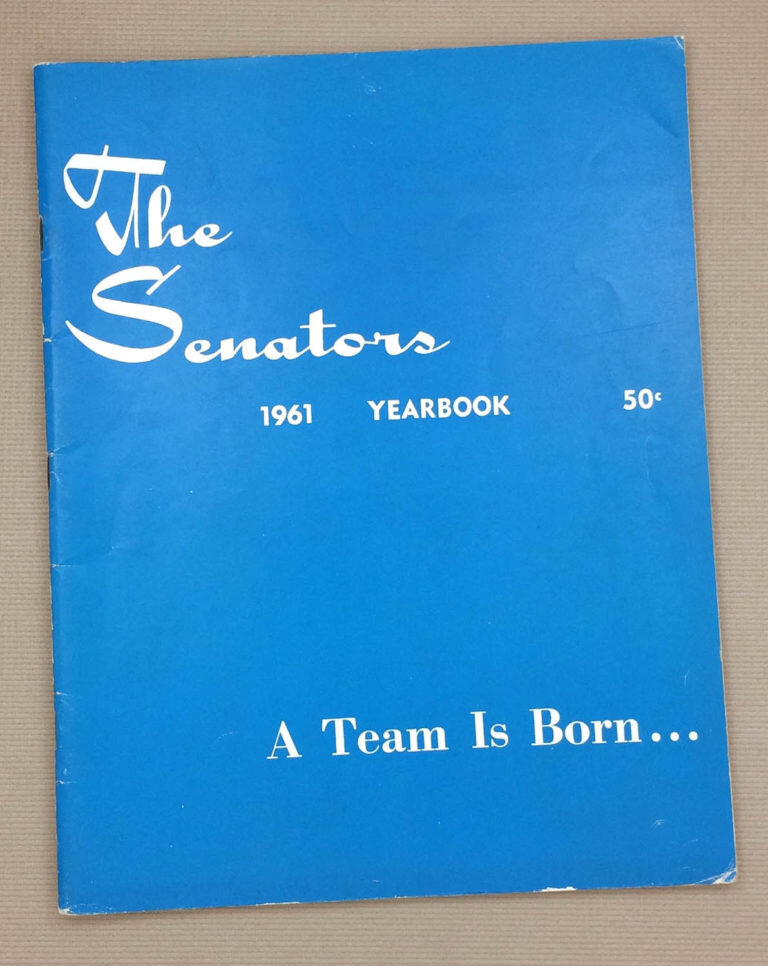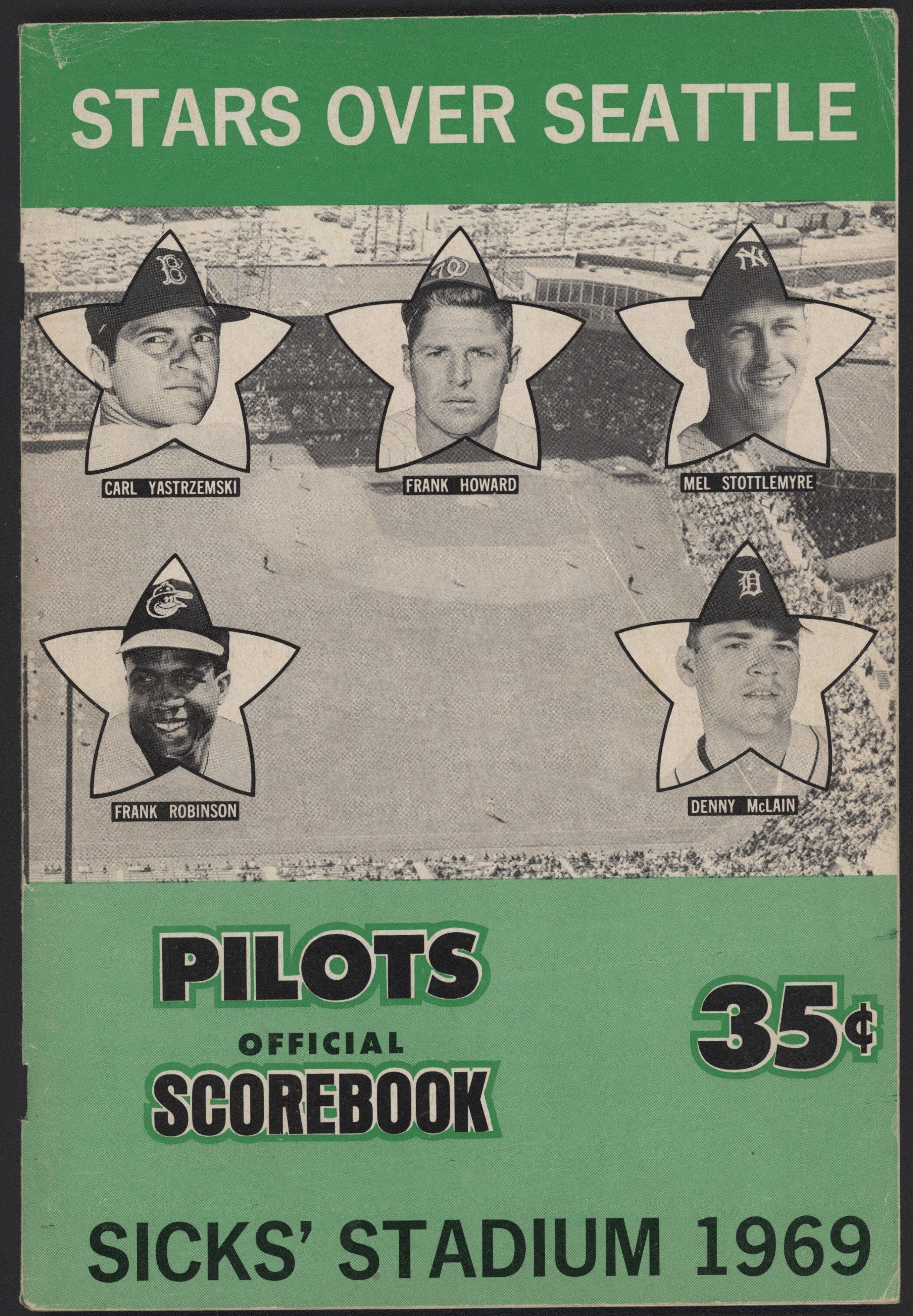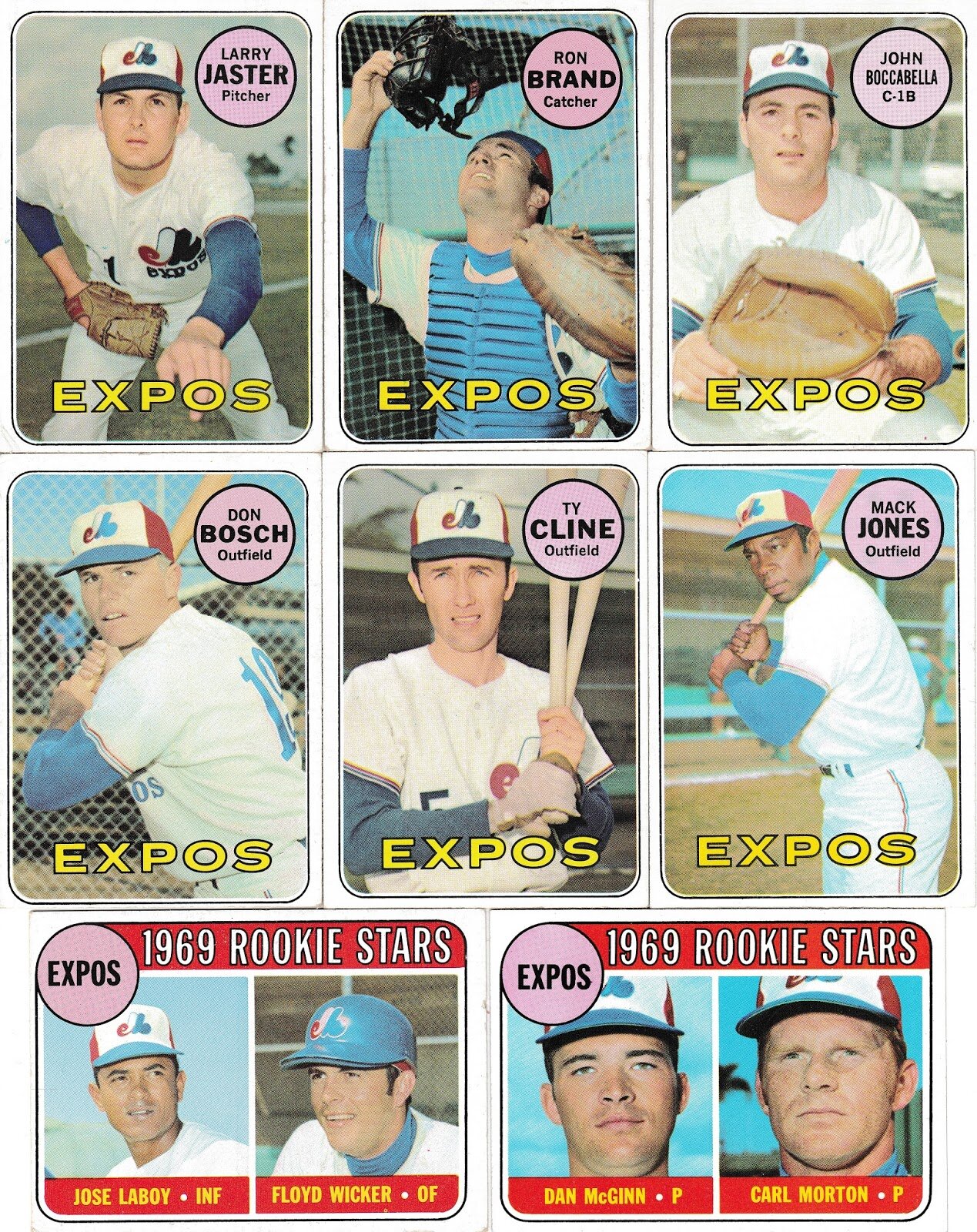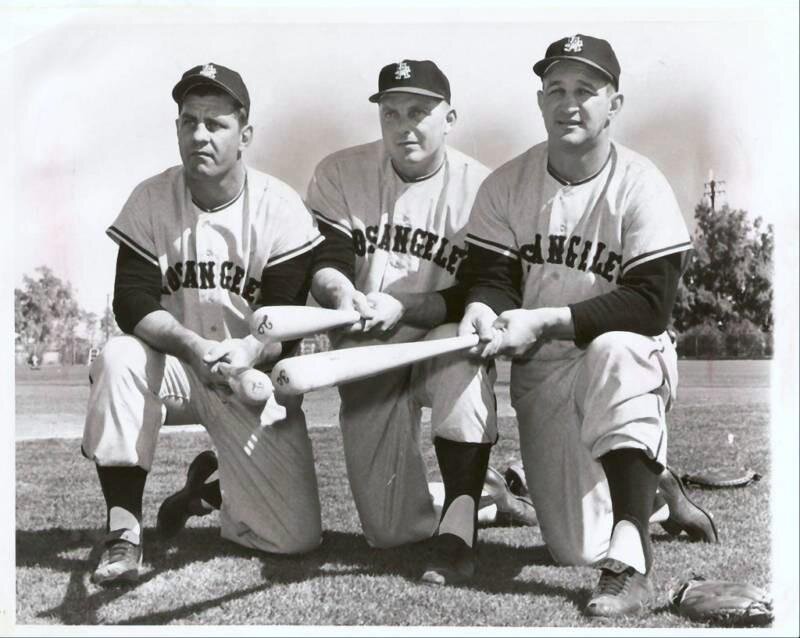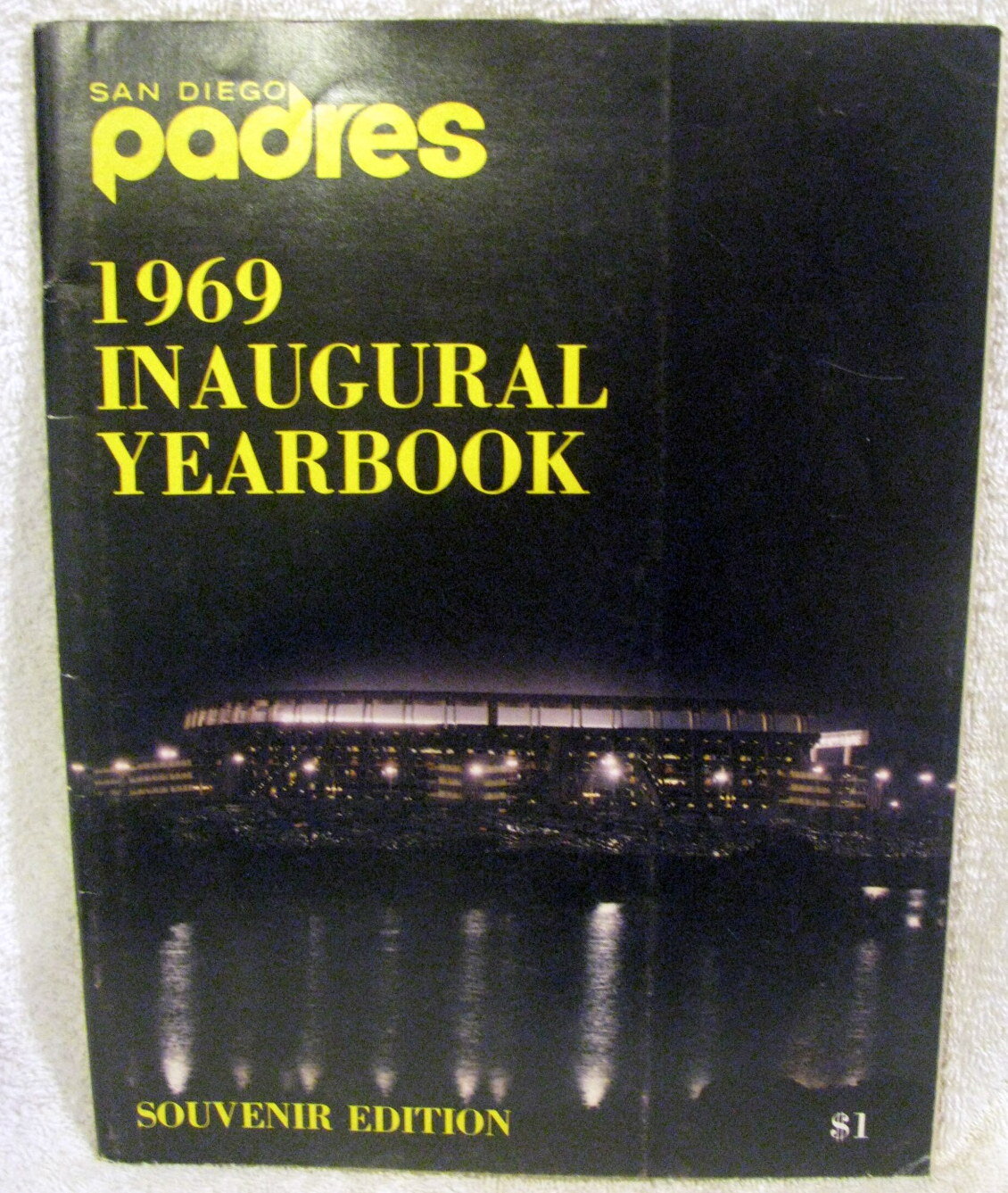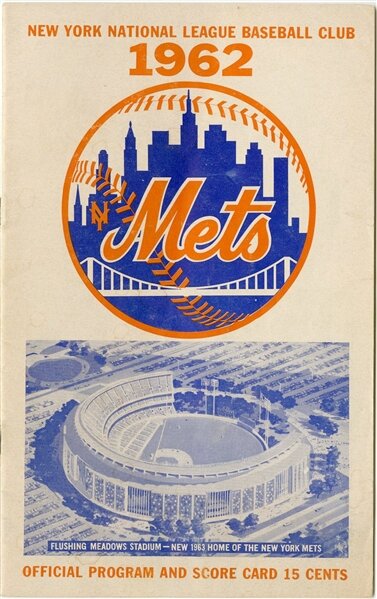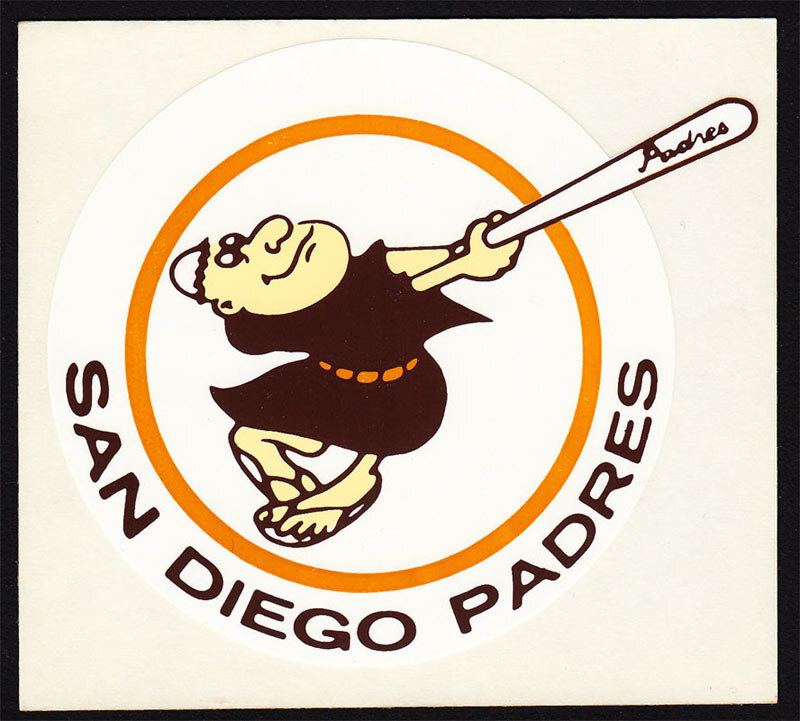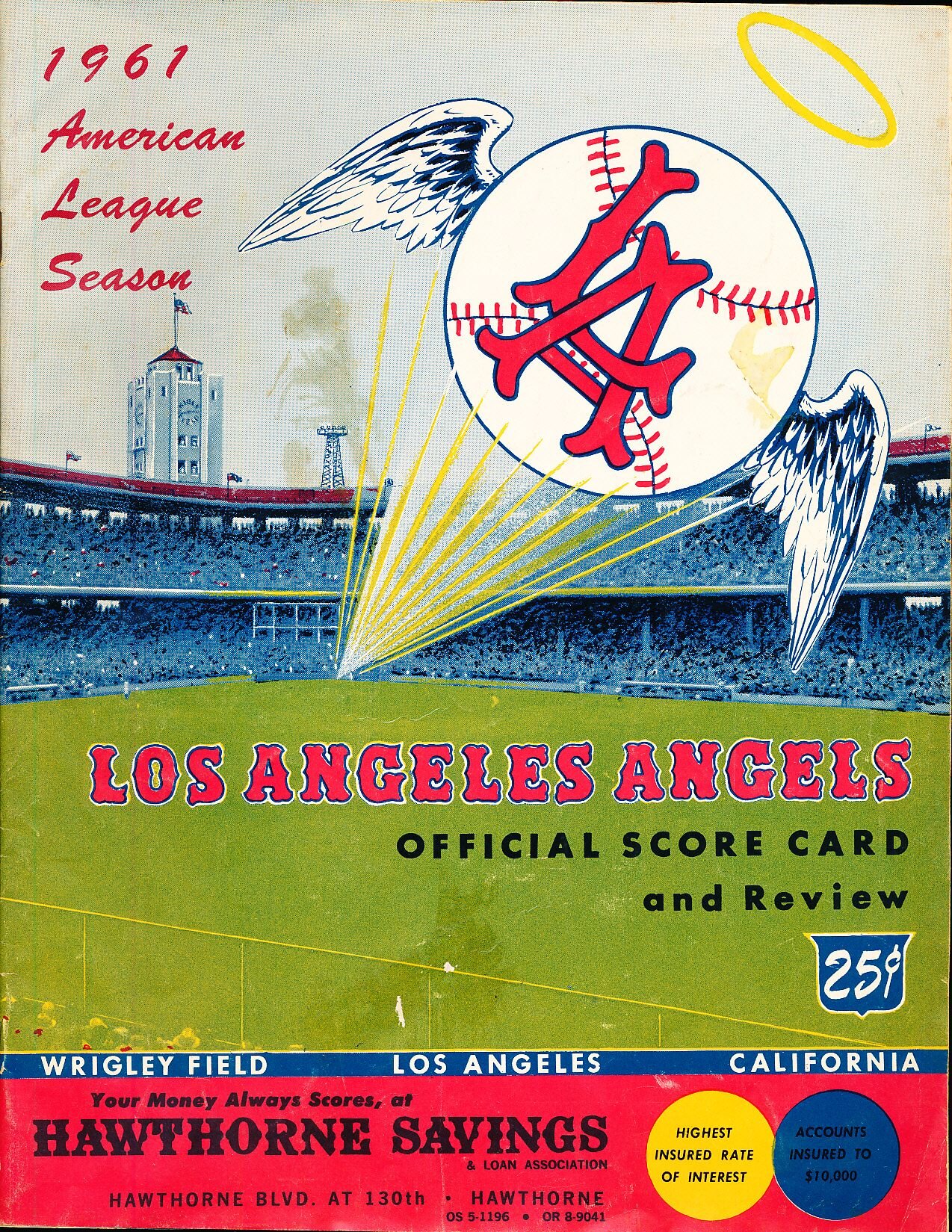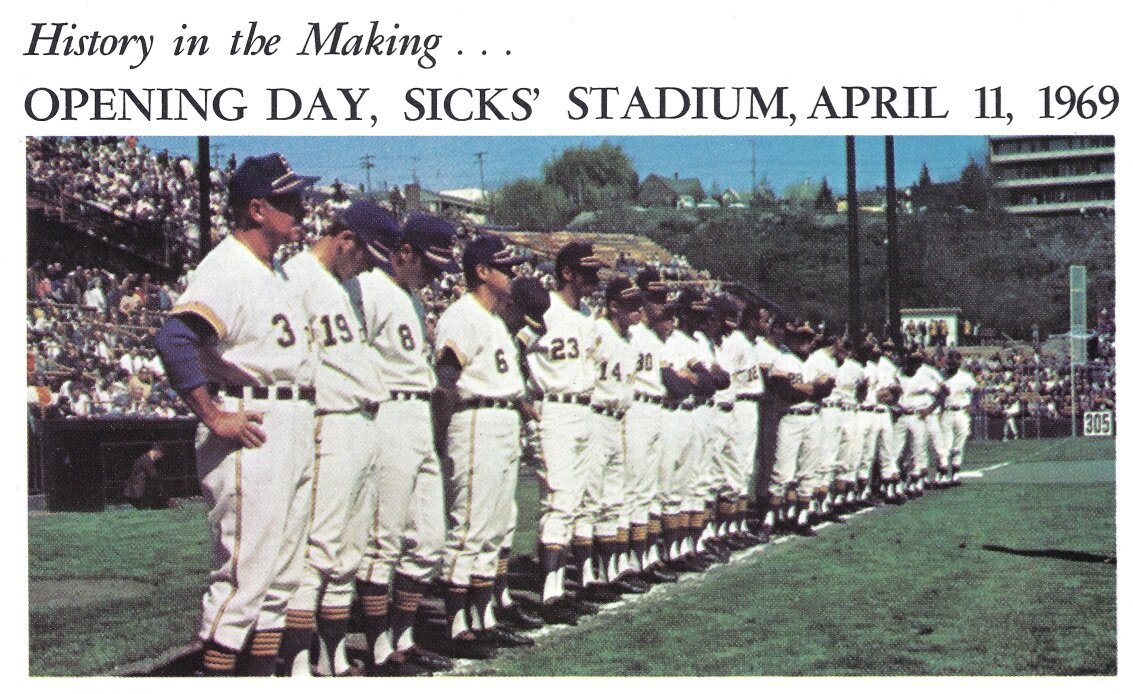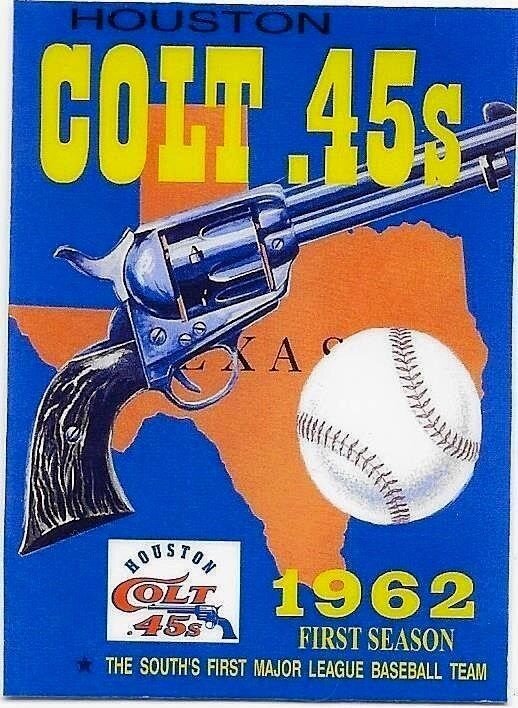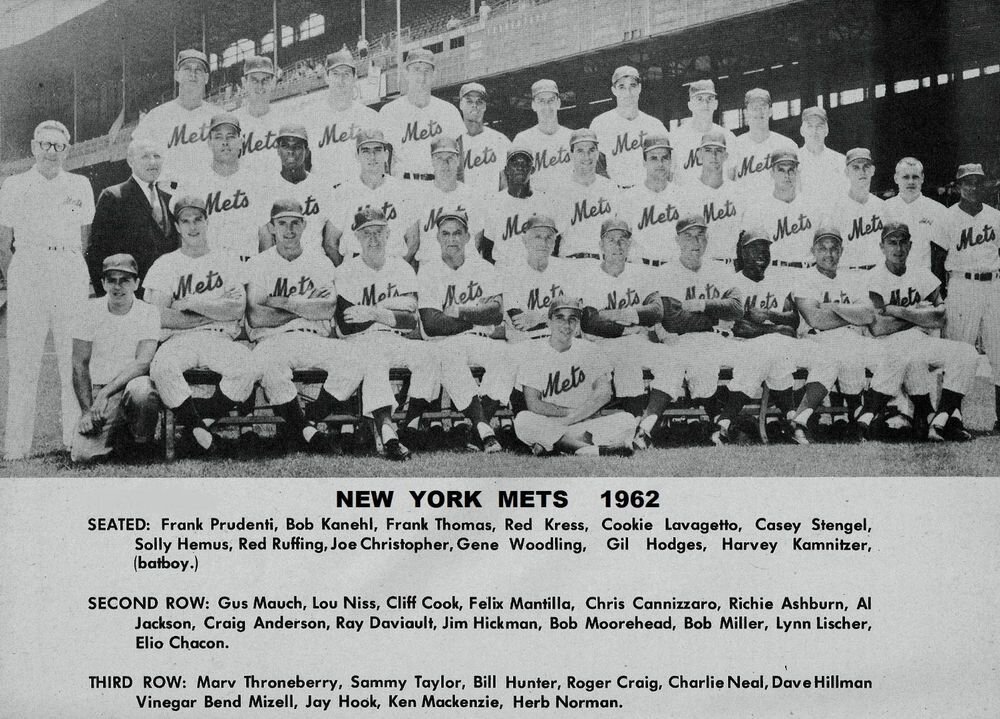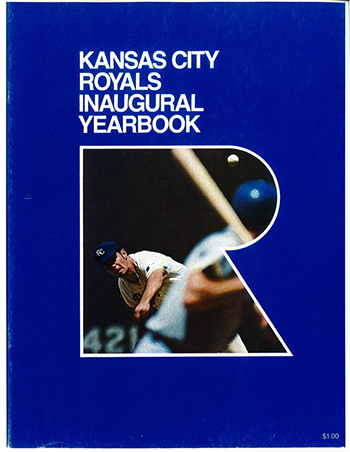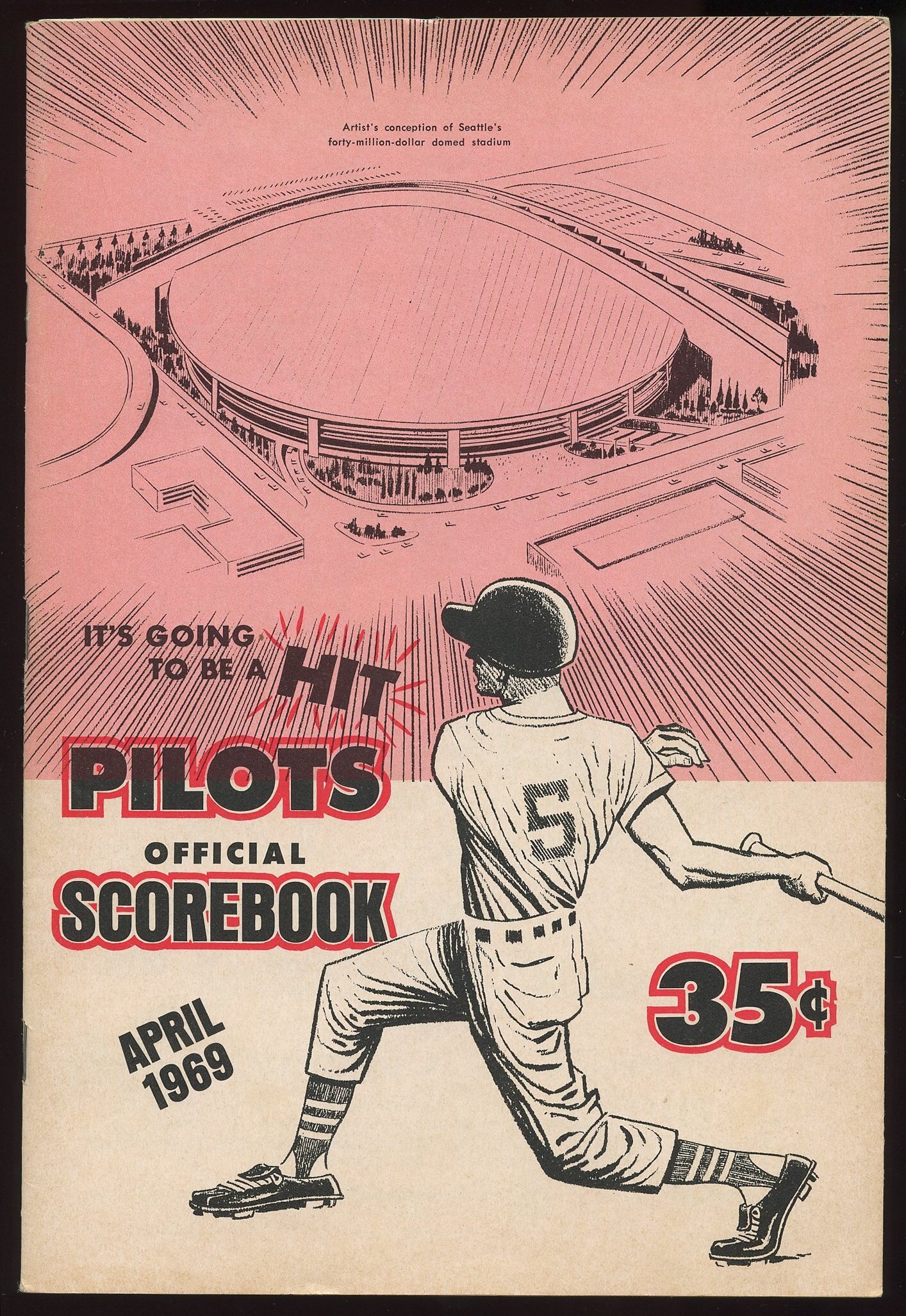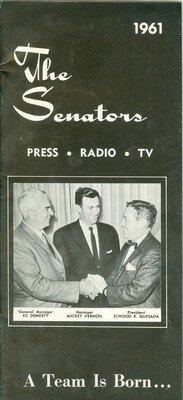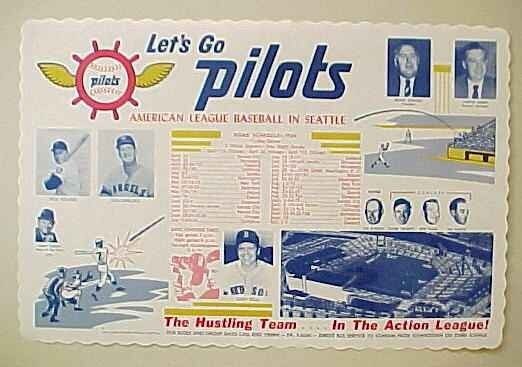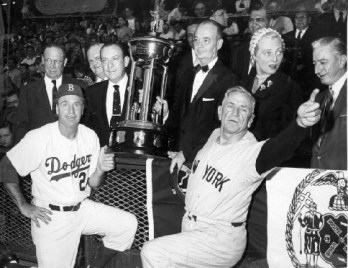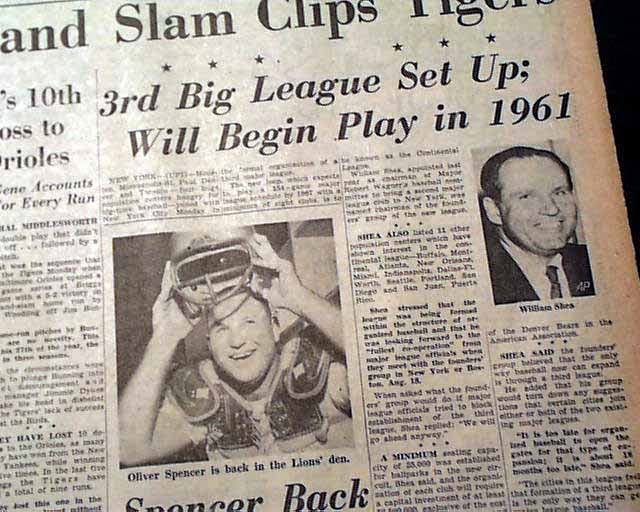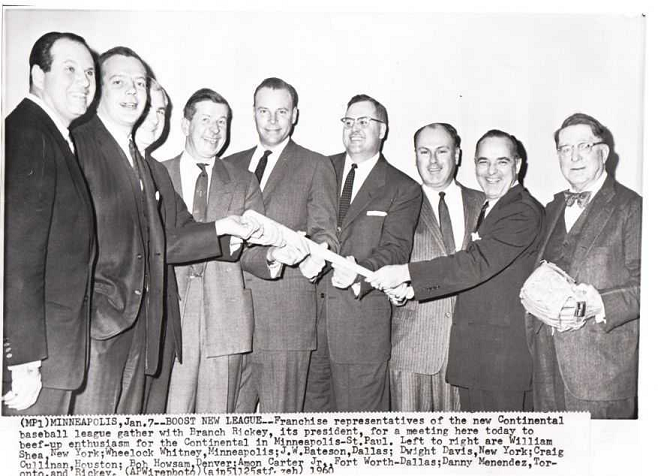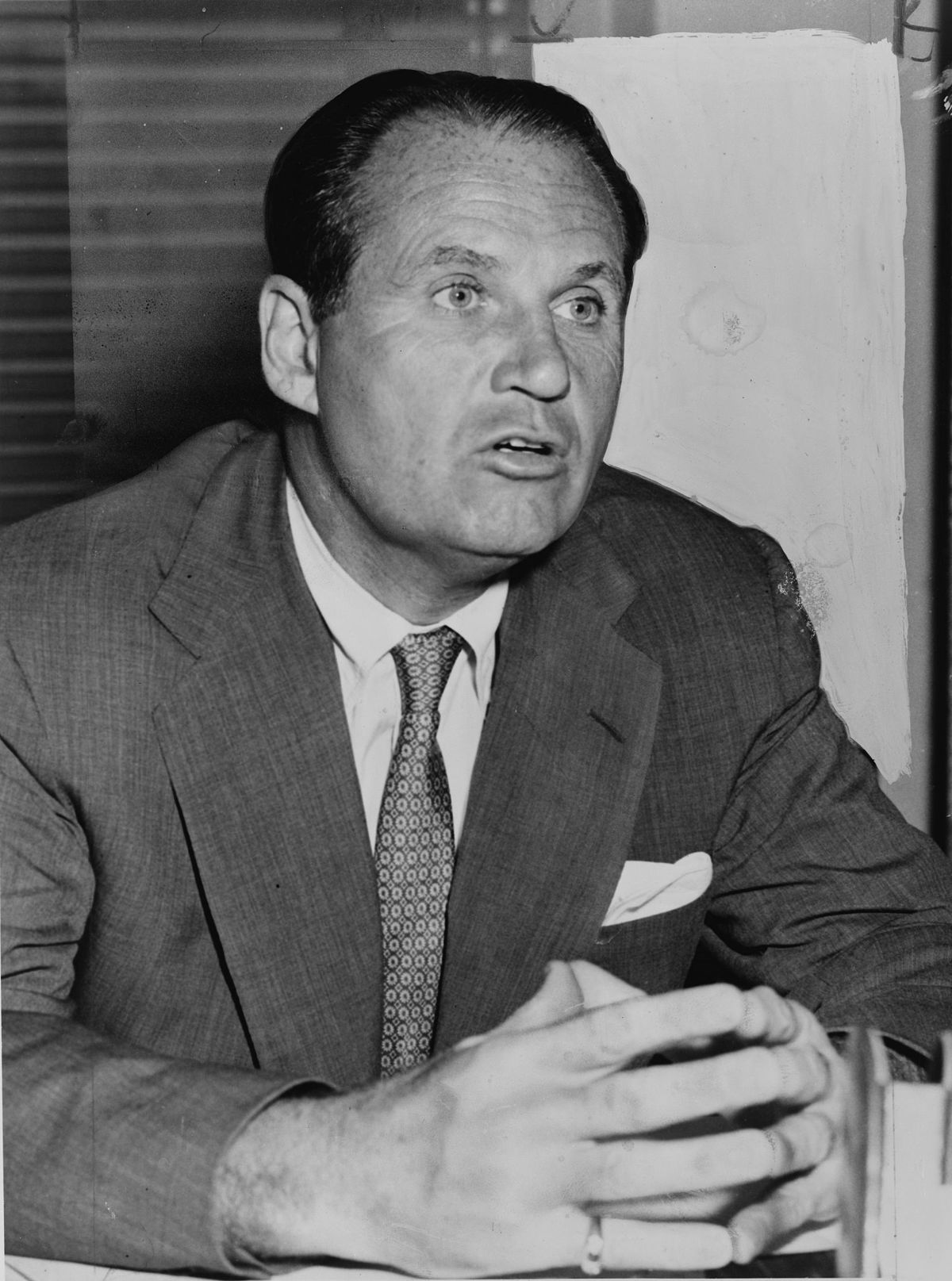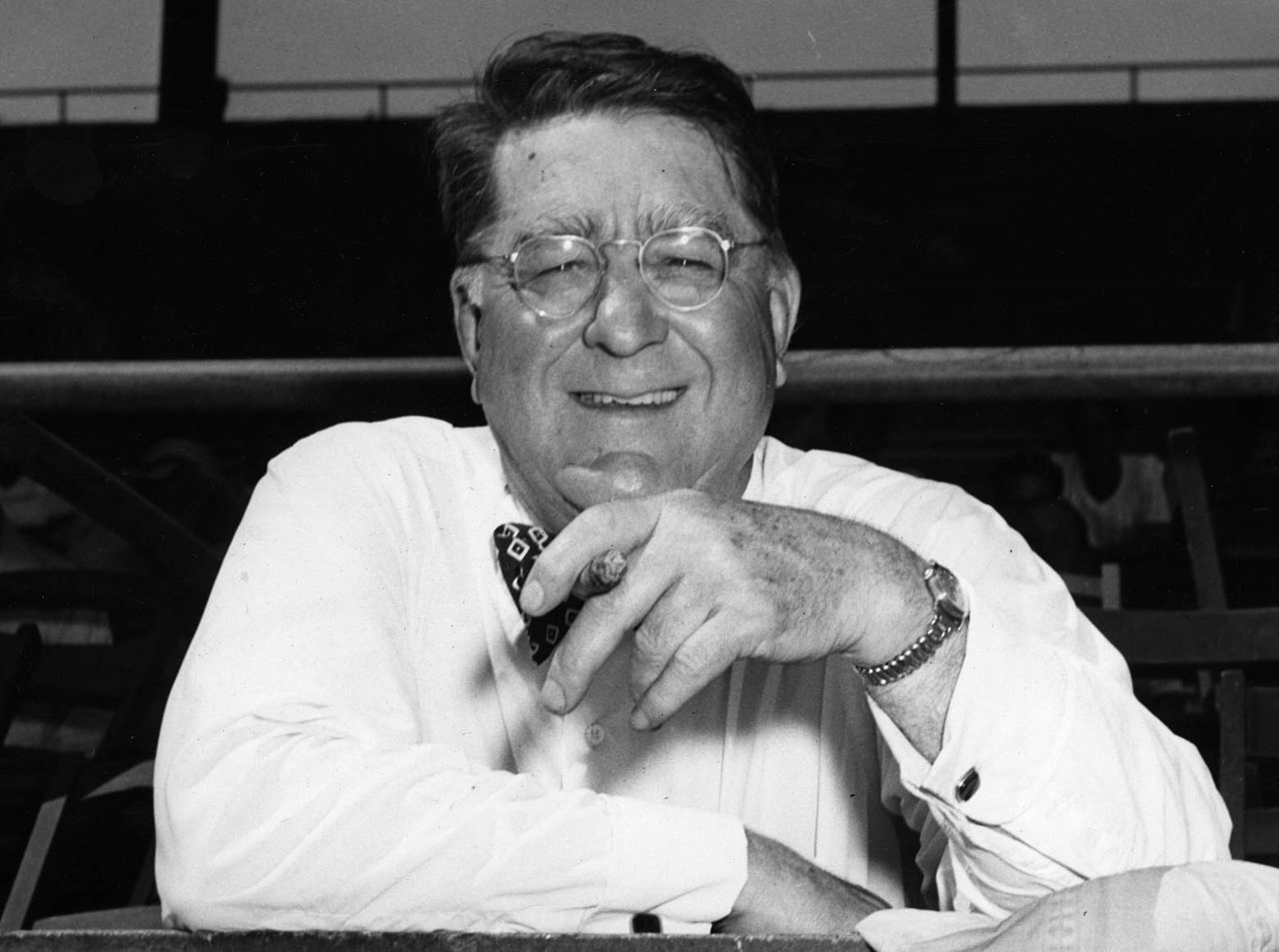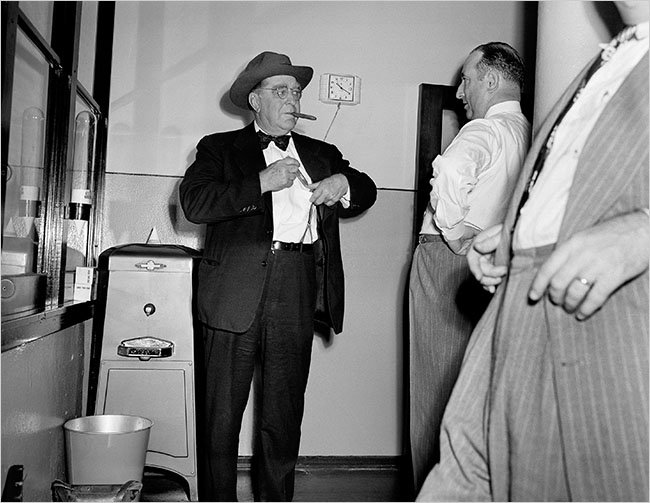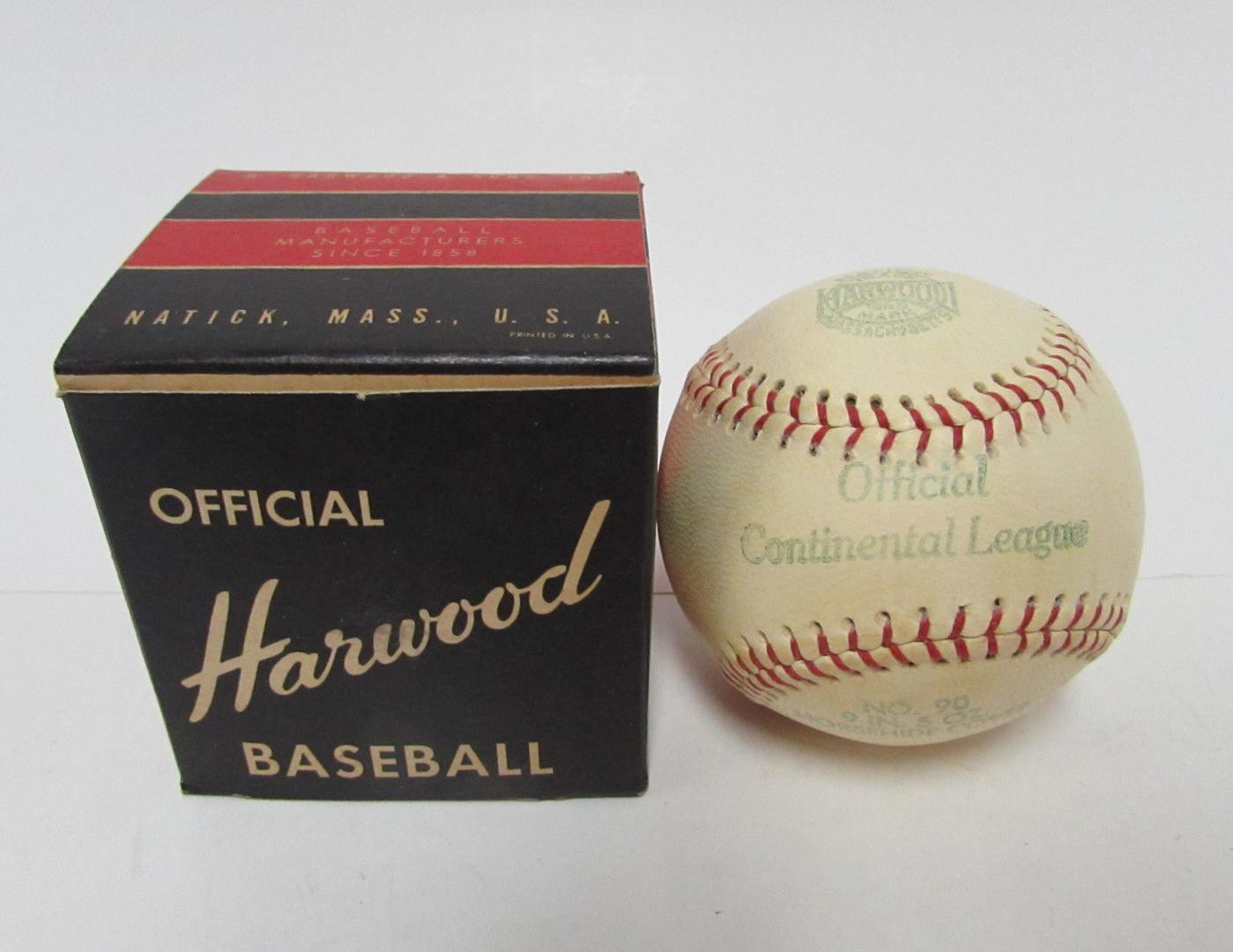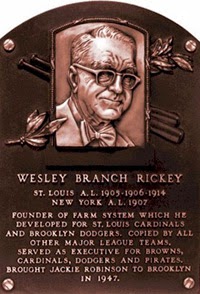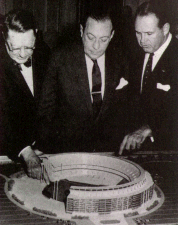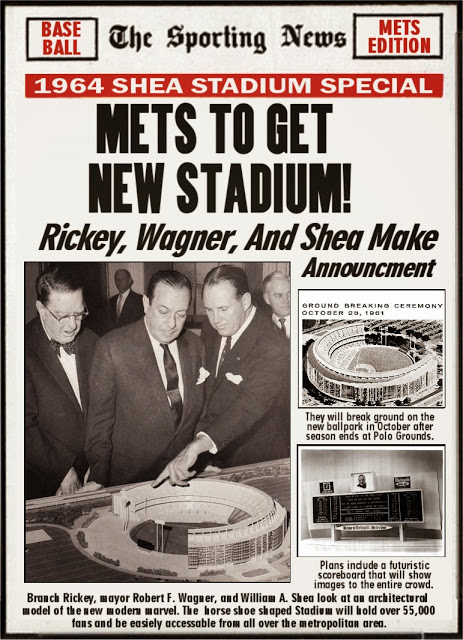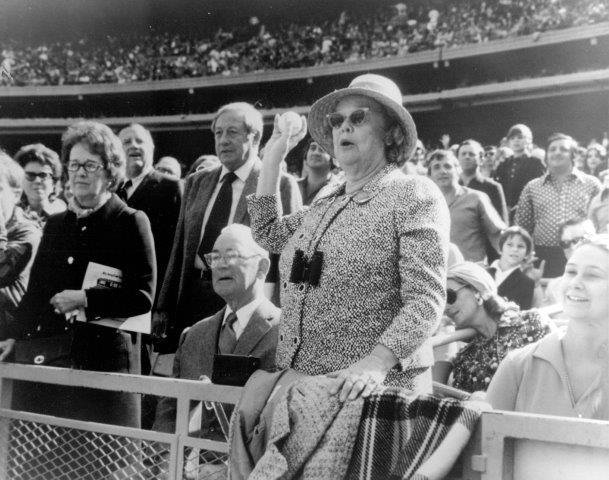By the summer of 1959, the absence of two former National League franchises from what was once a vibrant New York City major league baseball scene was obvious – and even the remaining/dominant Yankees couldn’t fully make up for it. Nor could that season’s World Series championship run of the now-Los Angeles Dodgers – a bittersweet victory for jilted fans of the team’s Brooklyn era.
Fiercely determined to return a National League team to the city, mayor Robert Wagner enlisted the help of a Brooklyn-based attorney named William Shea to spearhead an effort to first convince a current franchise to relocate – as the American League’s Braves (Boston to Milwaukee, 1953), Browns (St. Louis to Baltimore, 1954), and A’s (Philadelphia to Kansas City, 1955) had recently done. When neither Cincinnati, Pittsburgh, Philadelphia, or even MLB Commissioner Ford Frick, could be convinced by the opportunity, Shea and team moved on to an even bolder plan – an entirely new third major league, with a New York franchise as its crown jewel.
Financial backers from not only New York, but also eager expansionists in Houston, Minneapolis-St. Paul, Denver, Toronto, Atlanta, Dallas-Ft. Worth, and Buffalo joined in the effort – christened the “Continental League” – and recruited longtime pioneering baseball executive Branch Rickey to do the collective’s bidding. In preparation for an inaugural 1961 start, Rickey immediately preached the virtues of parity, and outlined a business plan that included TV revenue-sharing, equally accessible player pools, and solid pension plans; properly executed, it would take less than four years for the new league to be a credible equal of the National and American Leagues. His plan: poach a few established big-league stars, and supplement rosters with young talent from a dedicated farm system that would quickly ripen into a formidable stream of high-caliber players and, in turn, a quickly competitive “major” third league. That, plus an aggressive legal attack on MLB’s long-established federal antitrust exemption – designed to force greater player mobility and expanded geographic opportunities.
Suddenly pressured, MLB owners surprisingly responded in the summer of 1960 with a hastily crafted plan for expansion, beginning in 1962 with new NL teams in New York (Mets) and Houston (Colt .45s) – undercutting the upstart league’s ownership groups in those cities, and promising additional franchises in the years following. Within weeks, the Continental League was no more, and the accelerated expansionary future of the modern game was firmly in motion.
Original Continental League minor leaguer Russ Buhite (The Continental League: A Personal History) joins host Tim Hanlon to share his first-person account (as a member of the proposed Denver franchise’s Western Carolina League Rutherford County Owls in 1960) of both the build-up to and letdown of the “league that never was” – as well as the broader history of the unwittingly influential circuit that changed the economic landscape of modern-day Major League Baseball.
Thanks Audible, Podfly and SportsHistoryCollectibles.com for your sponsorship of this week’s episode!



